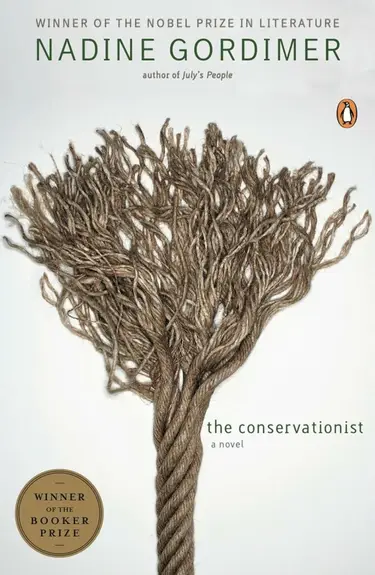The Conservationist

Mehring acquires a farm called Trekkersburg. Through Mehring's perspective, Gordimer explores the dichotomy between the black majority who work the land and the white minority who hold power. Mehring's attempts to assert control over the land and its people reflect the broader dynamics of white privilege. The exploitation of black labor during the apartheid era is naturally the theme of The Conservationist.
The novel explores themes of race, class, and identity in the context of apartheid. Mehring tries to establish a connection with the land and its people. But he becomes increasingly isolated and detached from the realities of the world around him.
Mehring attempts to control and possess the land. Gordimer juxtaposes the struggles and hardships faced by the Black workers. Gordimer portrays the complexities of power dynamics and racial tension, highlighting the inherent inequalities of the apartheid system.
Through Mehring's perspective, The Conservationist delves into the psychological challenges faced by the white elite. They are grappling with their privilege and complicity in perpetuating the oppressive system. The novel also examines the disintegration of Mehring's personal life and his failed attempts to find meaning and connection.
The novel offers a critique of the social and political structures that perpetuate inequality and explores the moral and ethical questions surrounding land ownership and identity.